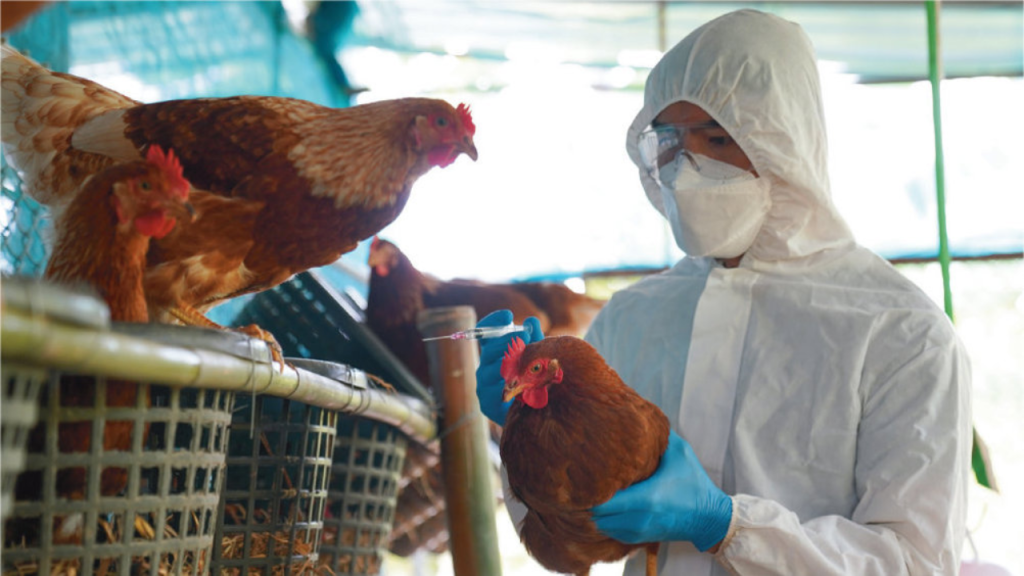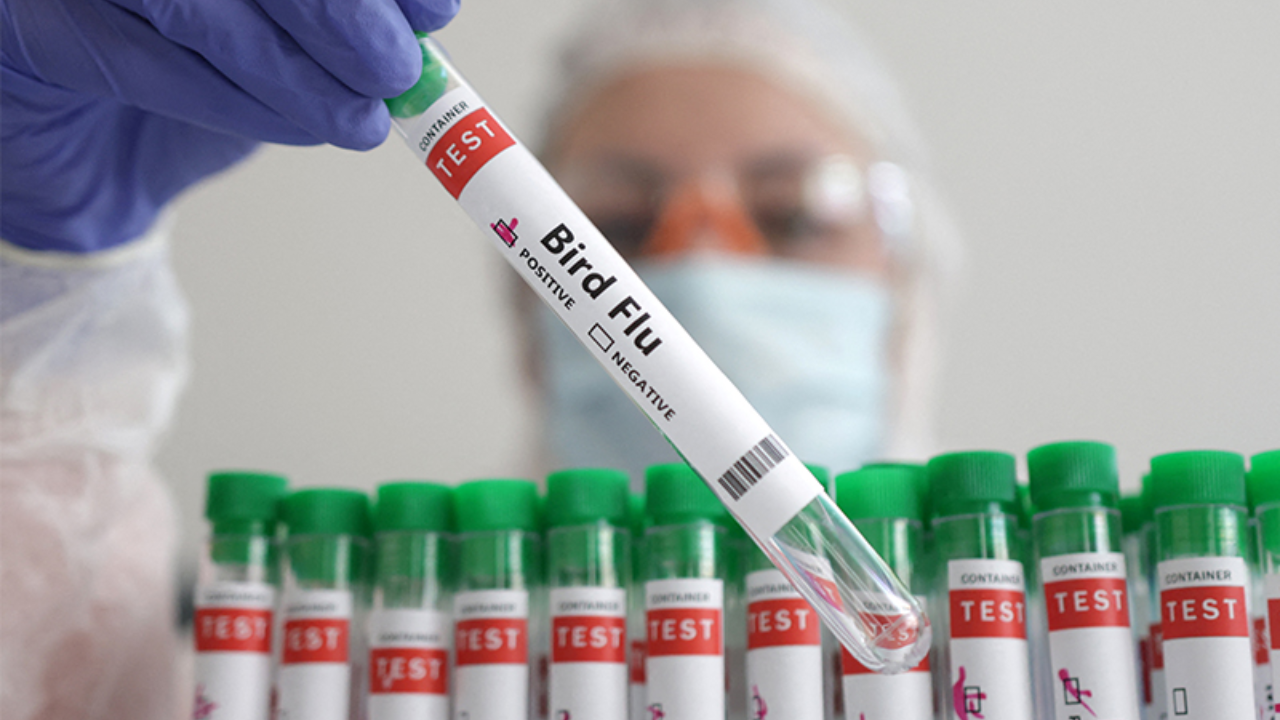In a concerning development, a Missouri resident has tested positive for the avian influenza virus, also known as bird flu, without having any direct contact with infected animals. This marks the 14th human case of bird flu reported in the United States this year, and notably, the first where the individual had no known exposure to infected birds or animals.
This case has caught the attention of health experts, as previous infections were typically linked to farms where infected cattle or poultry were present.
The Centers for Disease Control and Prevention (CDC) confirmed this news, stating that the individual was hospitalized on August 22 after testing positive for influenza A. Thankfully, they received antiviral treatment and have since recovered.
Investigation Underway to Determine Infection Source
The CDC is conducting a thorough investigation to determine how this person was infected. While the patient originally tested positive for influenza A, the test results did not match common flu strains.
Further analysis by the Missouri State Public Health Laboratory, followed by confirmation from the CDC, revealed the presence of the H5 subtype of the virus, which is known to cause bird flu.
One major point of concern is that the patient did not report any exposure to sick or infected animals, which is highly unusual. The CDC emphasized that there is currently no evidence of ongoing transmission to the patient’s close contacts.
While bird flu is typically transmitted from infected animals to humans, this case is unusual in that no direct animal contact was identified, raising questions about other possible modes of transmission.
H5 Bird Flu: A Risk Mostly to Birds, But Occasionally to Humans
The H5 subtype of bird flu is primarily found in wild birds and poultry, and more recently, in cattle. It has occasionally jumped to humans who have had close contact with infected animals or environments contaminated by the virus.
Missouri has not reported any outbreaks of H5 in cattle, but the virus has been detected in wild birds and some poultry farms this year.
Despite the growing number of human cases, the CDC has reassured the public that the risk of widespread transmission remains low. No signs of unusual flu activity have been detected among people in Missouri or other regions of the U.S.
However, the fact that this particular case occurred without any obvious animal exposure has prompted further investigations.
Bird Flu Symptoms in Humans: What to Watch For

Bird flu infections in humans can range from mild to severe, sometimes resulting in death. The symptoms of avian influenza are similar to those of the seasonal flu, including fever, cough, sore throat, and muscle aches.
However, in more serious cases, the infection can lead to pneumonia, difficulty breathing, and even neurological changes like seizures. Early symptoms may also include abdominal pain and diarrhea.
People who work in environments with high exposure to birds, such as poultry farms, or who come into contact with contaminated areas, are at higher risk of infection.
Health authorities recommend that individuals in these situations take appropriate precautions, such as wearing protective gear and maintaining good hygiene.
No Evidence of Human-to-Human Transmission
At this time, there is no evidence to suggest that the H5 bird flu virus can spread between humans. However, researchers are continuing to monitor the situation closely.
Bird flu viruses are notorious for their ability to mutate, and health experts are on high alert for any signs that the virus could evolve to spread more easily among people.
While the current risk to the general public is considered low, the CDC stresses the importance of staying informed and taking precautions if you are in an area where bird flu outbreaks have occurred.
Related News:
- Four-Vehicle Crash on Missouri River Bridge Leaves One Injured During Morning Traffic
- How Did Bird Flu in Livestock Infect a Missouri Resident?
Conclusion
This case of bird flu in Missouri, where the patient had no known contact with infected animals, has raised alarms about the potential transformation of the virus.
While the patient has fully recovered and the risk of further transmission is low, the CDC and health experts are carefully investigating to ensure that this remains an isolated incident.
For now, the general public is advised to stay vigilant but not overly concerned, as the risk remains primarily limited to those who work closely with animals.

